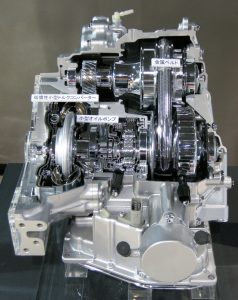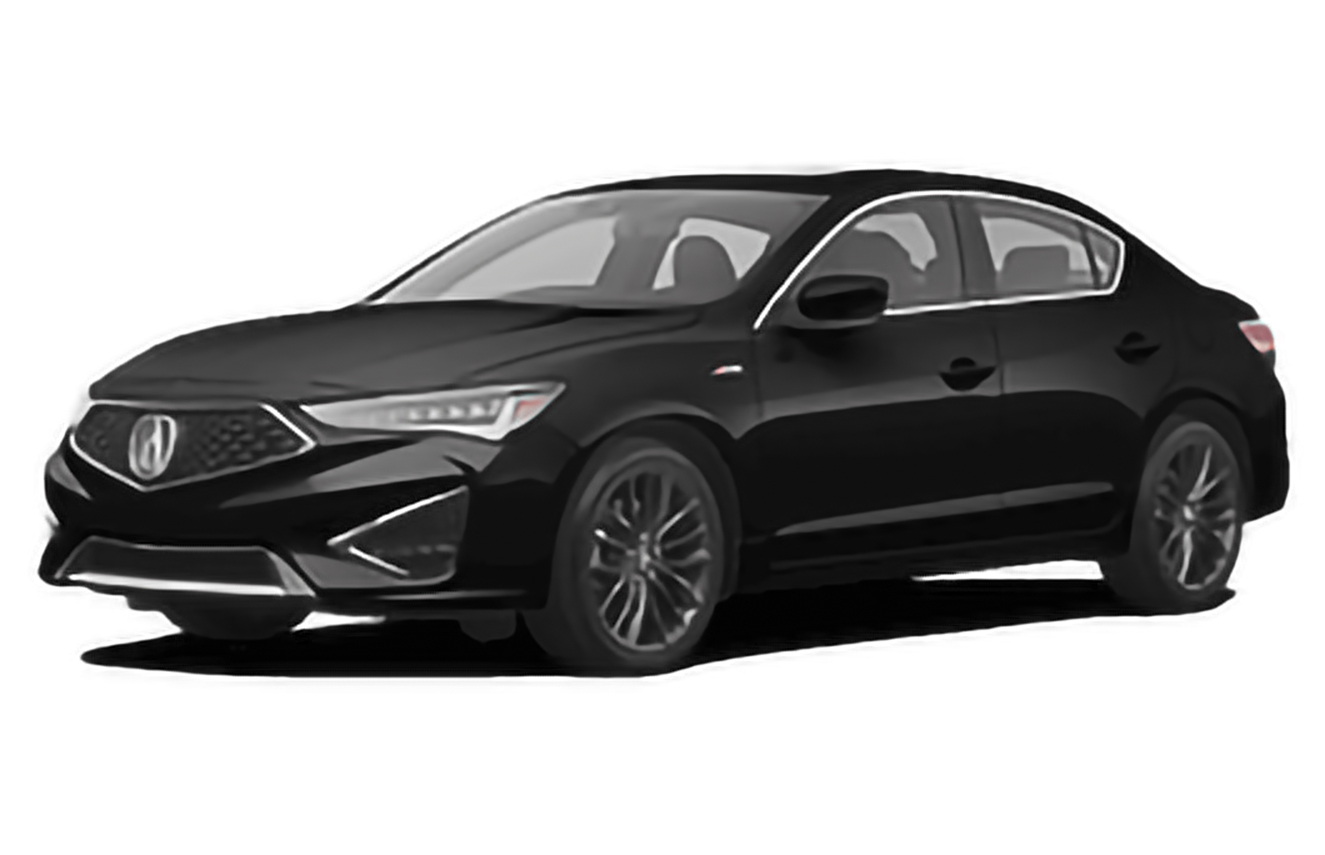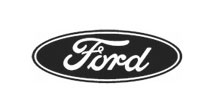Post 2009 Era Auto Technology Glossary
 Odds are, if you're looking for a car right now, you've heard about some features that you don't understand. You've noticed acronyms you've never heard before, like TPMS, VDC or CVT. You know the older terminology. Now it's time to update your vocabulary before making a decision. Here are the last new technologies and what they mean.
Odds are, if you're looking for a car right now, you've heard about some features that you don't understand. You've noticed acronyms you've never heard before, like TPMS, VDC or CVT. You know the older terminology. Now it's time to update your vocabulary before making a decision. Here are the last new technologies and what they mean.
CVT (Continuously Variable Transmission)
A car's transmission system can be refered to as its gear system. By changing gears, a vehicle changes the torque it can create. Each gear helps the vehicle build velocity until it reaches its top speed. Conventional transmission systems "change" gears, switching form one to the next. That's why you can feel the engine slowing and speeding up again, momentarily. CVT eliminates the need to change gears. Instead, it alters the gear ratio by using a belt or band and two conical rotors. When driving a CVT vehicle, you won't notice any gear changing. The acceleration will be smooth and consistent.
EBD (Electronic Break Force Distribution)
EBD works along with ABS (anti-lock breaking system) to slow a vehicle as effectively as possible. Wheels with more traction are given more breaking force, while other wheels receive less. Meanwhile, ABS pulses the breaks so the driver can steer and break at the same time. When wheels are completely locked in place (brakes pressed hard), steering has little effect on the vehicle's direction. This is why these technologies are useful.
ESC (Electronic Stability Control)
Also called "electronic stability program (ESP)" and "dynamic stability program (DSC)," ESC senses the loss of traction. When low traction exists, the technology applies the breaks in a manner that helps the driver steer in the direction he intends. This is not a racing technology. It only helps drivers maintain control of the vehicle in troublesome situations.
VDC (Vehicle Dynamic Control)
VDC is a Nissan technology that provides some of the benefits of all-wheel drive and of electronic stability control. The primary benefit is increased traction. It is not an all-wheel drive system but it can help drivers out of snowy or icy situations. It also helps steer the vehicle in the intended direction the same way ESC does. "Active understeer control" also works like ESC, although it is a simplified version. It applies breaks to the inner wheels when the car is turning and traction is low. This improves the maneuverability of the car in such situations.
Collision Avoidance System
This is also known as a "precrash system," "forward collision warning system" or "collision mitigating system." Using radar or other technology, collision avoidance helps the driver avoid or reduce the severity of collisions. There are several different types of subsystems, such as "pedestrian detection" and "lane-departure warning." Some cars employ only one or two modes of avoidance. For example, a car might only come equipped with pedestrian detection and forward-collision warning. Other cars employ more modes, to provide a more comprehensive level of safety.
You can get free quotes from local dealers online, in minutes. We provide unpublicized discounts through dealers in our network when you request your free, no-obligation quotes.



